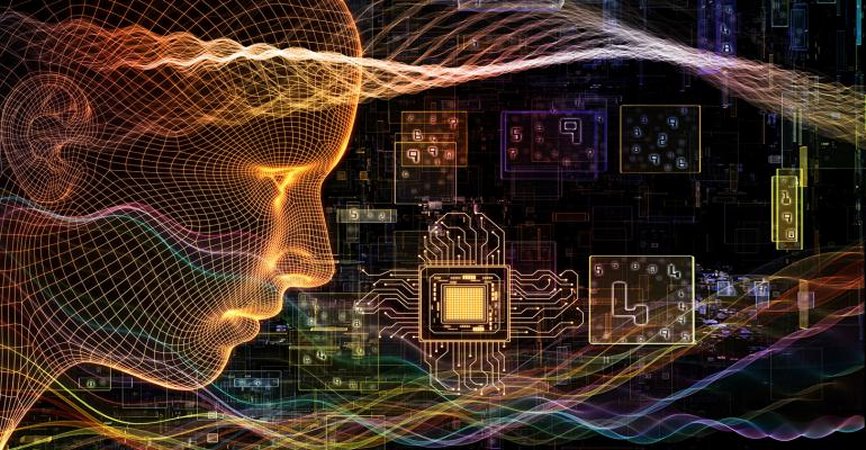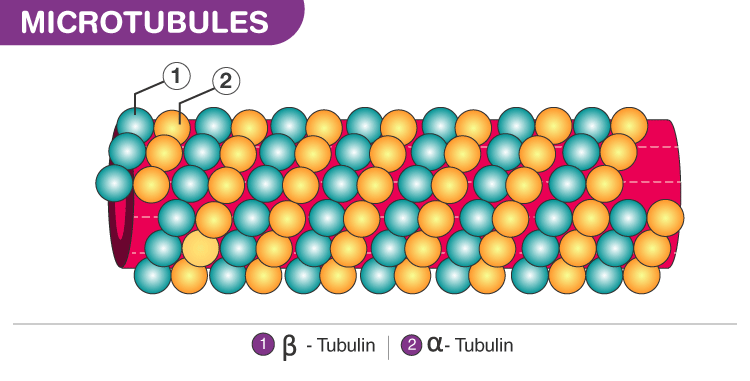The brain, what it is exactly?
Basically, our brain is about one and a half kilograms of jelly producing electricity and consists mainly of water (1.5 liters), protein (130 g), fat (95 g) and mineral salts. The brain is made up of nerve cells called neurons, which number can be from 90 to 200 billion. It is approximately only 2% of our body mass, but consumes as much as 20% of our energy. So far it sounds quite simple, as we learned that knowledge at school, but what is so special about it, that makes us ourselves, conscious human beings able to feel, explore the universe and create art?
In the past, our brains and the way they work was compared to basic computers that operate on a binary system, 0s and 1s. It’s easy to think they are similar, both process information, make decisions and deal with inputs and outputs. But in reality, what happens inside of our heads is way too complexed to be simplified to this system, thus lately researchers and scientists have been working on the theory that operations in our brain can be based on quantum mechanics.
Orchestrated Objective Reduction
Known also as „Orch OR” is a theory developed by a physicist Roger Penrose and Stuart Hameroff and postulates that our consciousness originates at the quantum level inside neurons, rather than the conventional idea that it is a product of connections between neurons.
Penrose refers to the basic principles of quantum computation, in which units of information can be at the same time in many states, not only 1s and 0s, at least until they get measured and remain in one state. When a large number of objects operate in one quantum state, we can talk about coherence. Quantum states exist simultaneously in so-called superposition, before they almost immediately combine into one calculation result.
All of which means quantum computing has the potential to create way more complex processing networks than in an earlier hypothesis based only on the idea of neurons contacting together by electrical impulses and might be an answer to the question how our brains actually work. Quantum processes could help us explain and understand the most mysterious functions of the brain, such as methods for creating long-term memory or mechanisms for generating awareness and emotions.
Hameroff claims that quantum coherence occurs in microtubules, protein structures in brain neurons. We can find them in eukaryotic cells that are part of the cytoskeleton. They are responsible for the shape of the cell, its movement and cell division. Hameroff thinks that microtubules are the quantum devices Penrose needed for their theory. However, more than just a sequence of random moments of quantum coherence is needed to affect consciousness. The whole process needs to have a certain order and structure so that we could make conscious choices. The Orch-OR theory of Penrose and Hameroff, says that it is the microtubules in our brains that control these moments of consciousness by collecting and processing information and memory.
The quantum soul
Both researchers believe that the human brain is, in fact, a biological computer, and human consciousness is a program implemented by a quantum computer located in the brain that does not stop working after human death. According to this theory, when people enter a phase called clinical death, the microtubules found in the brain change their quantum state, but retain the information they contain. Thus, the body is decomposed, but the information, or “soul” remains. Consciousness becomes part of the universe without dying, at least not in the classical way of our thinking.
But so far all those are just considerations and to sum up, we can just quote the British philosopher, Emerson Pugh:
“If the human brain was so simple that we could understand it, we would be so simple that we couldn’t.”
Sources:
https://en.wikipedia.org/wiki/Quantum_mind
https://en.wikipedia.org/wiki/Orchestrated_objective_reduction
https://www.livescience.com/37807-brain-is-not-quantum-computer.html
https://en.wikipedia.org/wiki/Roger_Penrose


